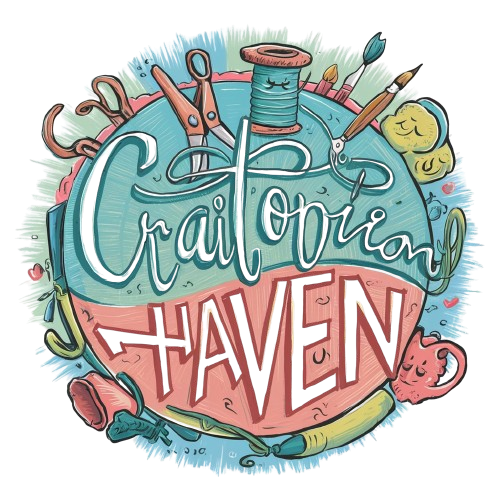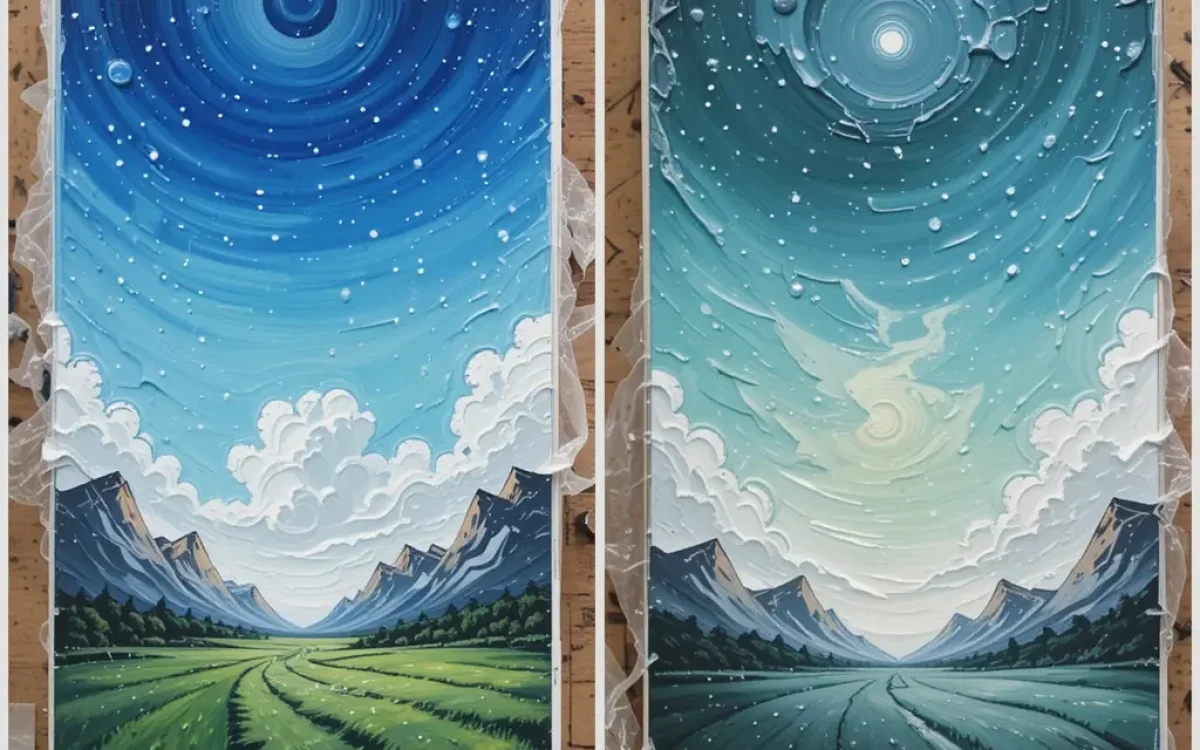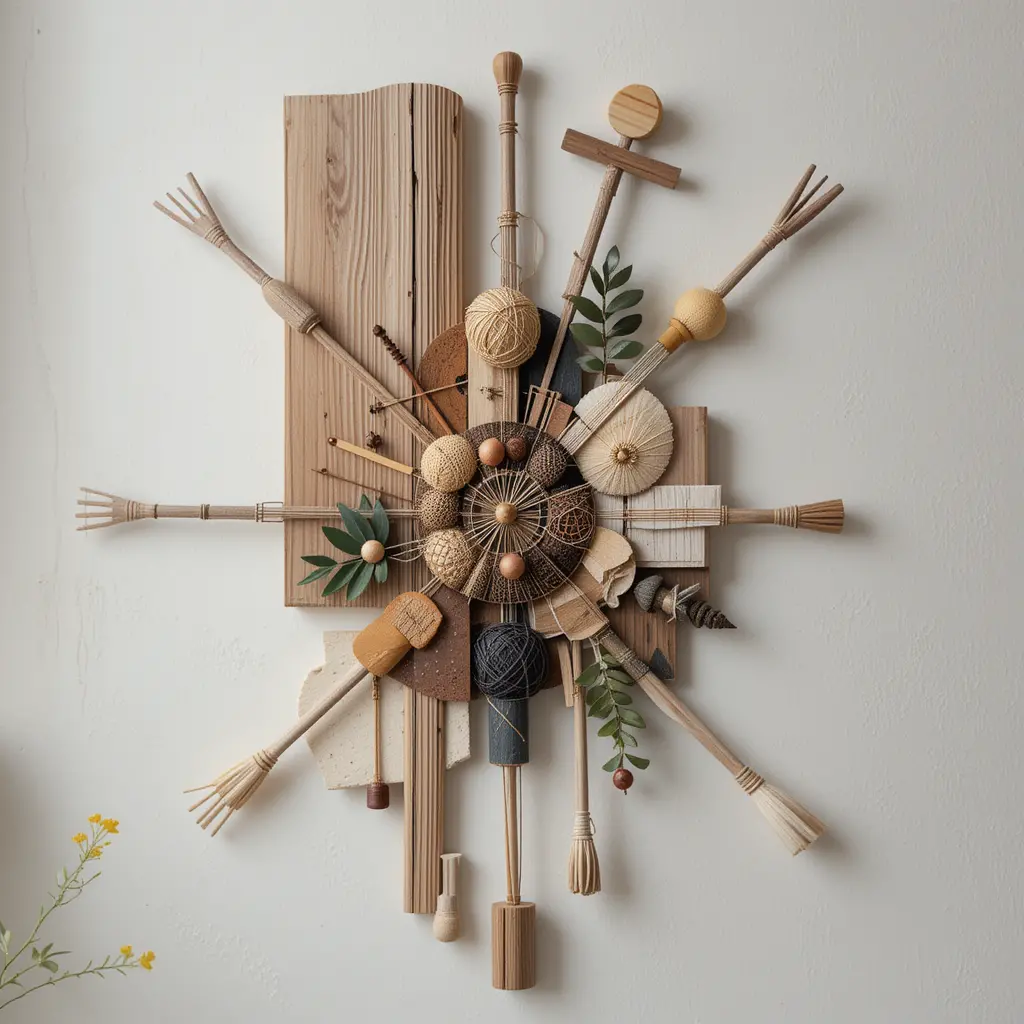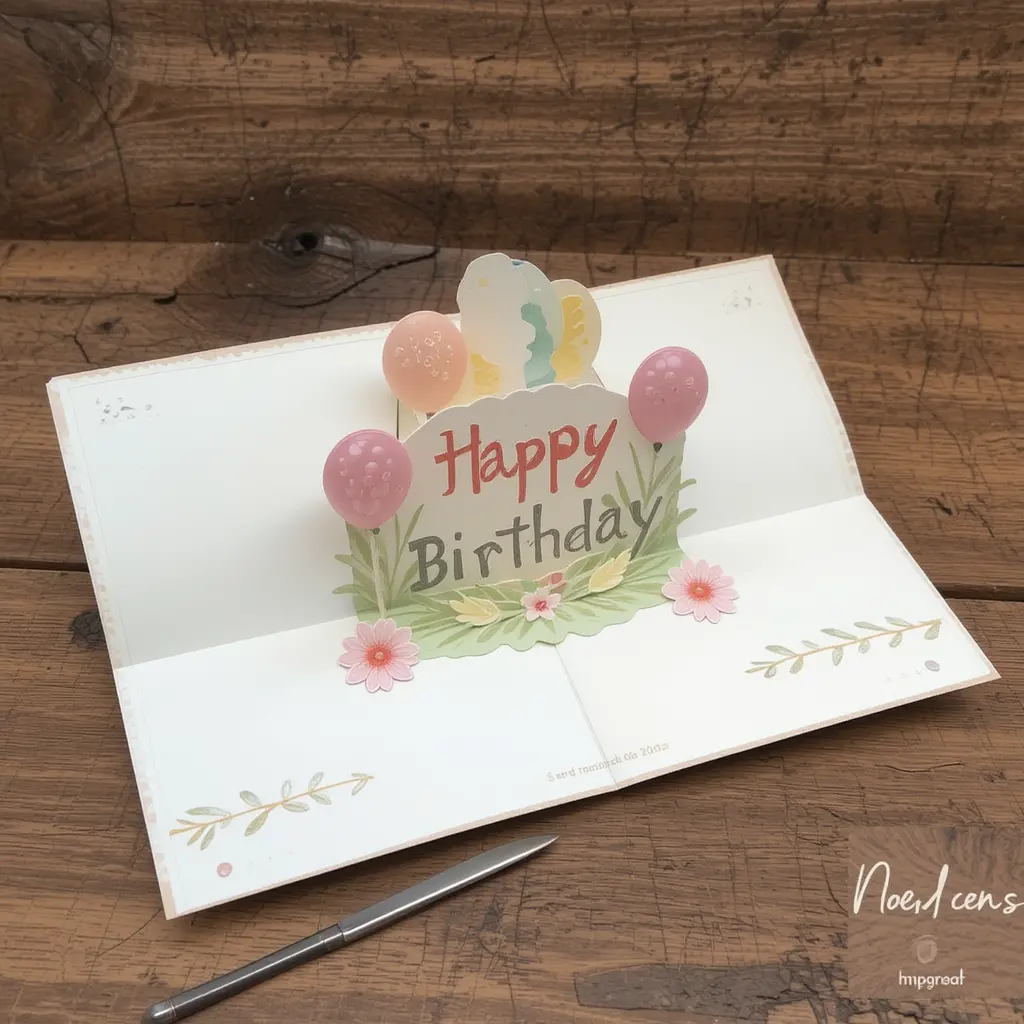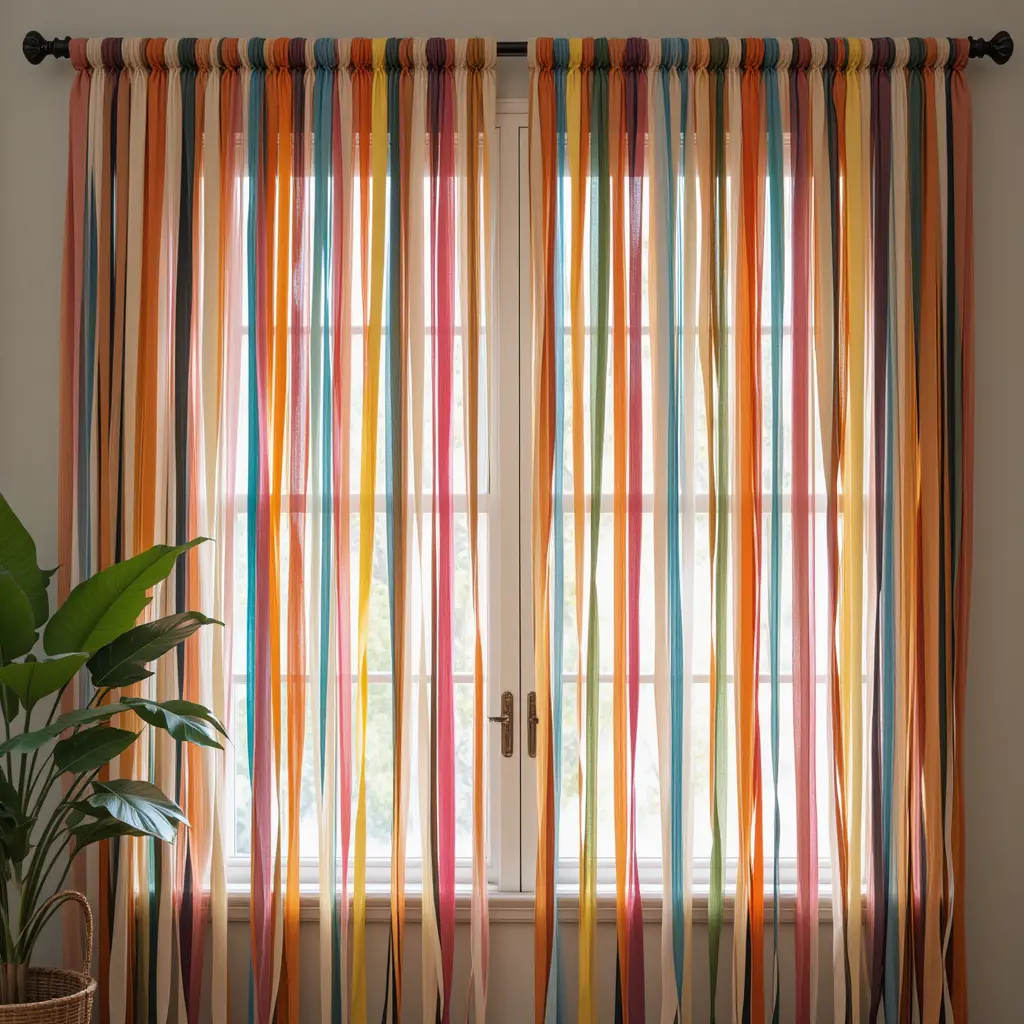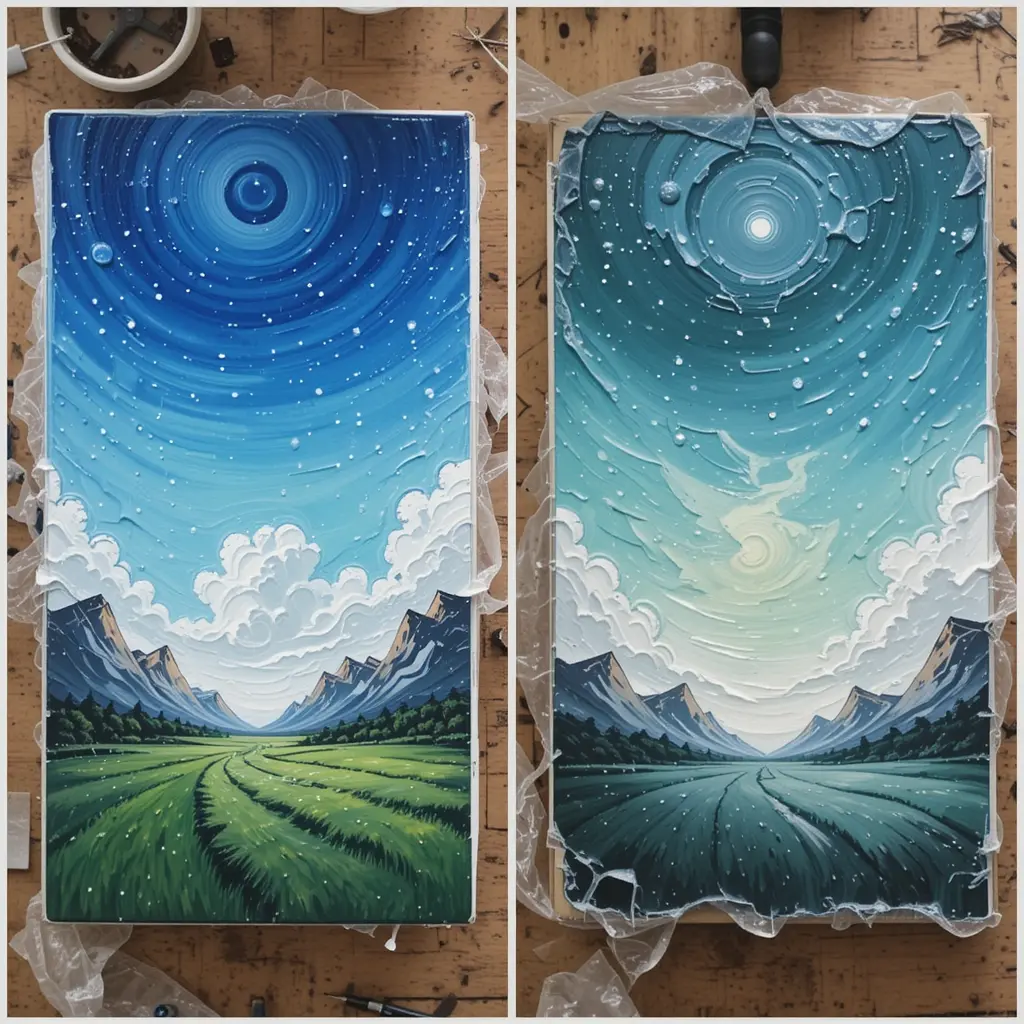Discover the art of transforming simple wood surfaces into captivating custom posters with unique painting techniques. This article explores various methods that allow you to express creativity and craft stunning visual pieces. Whether you are a beginner or an experienced artist, these techniques offer endless possibilities to personalize your space with vibrant and eye-catching designs. Dive into the world of wood painting and unlock the potential to create art that truly stands out.
Understanding the Basics of Wood Painting
Wood painting is a delightful art form that allows you to transform a simple piece of wood into a stunning masterpiece. As an art instructor, I often find that understanding the basics is crucial for anyone looking to explore this creative avenue. Whether you’re aiming to create custom posters or just want to experiment with colors, knowing the fundamentals can make all the difference.
Choosing the Right Materials
When starting with wood painting, selecting the right materials is essential. Think of it like cooking; you wouldn’t bake a cake without the right ingredients. Similarly, for wood painting, you need quality brushes, paints, and a suitable type of wood. I remember my first project where I used a rough piece of plywood. It was a learning experience, and I quickly realized the importance of a smooth surface for better paint application.
Preparing the Wood Surface
Preparation is key in wood painting. Before you even think about applying paint, ensure the wood is clean and sanded. This step is like laying a foundation for a house. A well-prepared surface allows the paint to adhere better and last longer. I often tell my students that patience in preparation leads to a more satisfying result. It’s a bit like life, really; the more effort you put in at the start, the better the outcome.
In my opinion, wood painting techniques offer a unique way to express creativity. Whether you’re creating custom posters or personal art pieces, the joy of seeing your vision come to life on wood is unparalleled. Remember, every artist was once an amateur, so embrace the learning process and enjoy the journey!
Essential Tools and Materials for Wood Painting
When diving into the world of wood painting, having the right tools and materials is crucial. As an art instructor, I’ve seen how the right equipment can transform a simple piece of wood into a stunning custom poster. It’s like having the perfect brush for a canvas; it just makes everything smoother and more enjoyable.
Essential Tools for Wood Painting
First and foremost, a good set of paintbrushes is indispensable. You need a variety of sizes to tackle different details and textures. I remember a student who used only one brush for everything. The results were, well, less than ideal. A mix of flat and round brushes can make a world of difference.
Next, consider investing in a palette knife. It’s not just for mixing paint; it can create unique textures on wood. I once used a palette knife to add a rustic feel to a poster, and it became the highlight of the piece. It’s these little tools that can elevate your work.
Materials to Enhance Your Art
Quality acrylic paints are a must. They offer vibrant colors and dry quickly, which is perfect for layering. I often tell my students to experiment with different brands to find what suits their style best. It’s like finding the right pair of shoes; comfort and performance matter.
Don’t forget about sealants. They protect your artwork from dust and fading. I learned this the hard way when a piece I loved started to lose its luster. A good sealant keeps your custom posters looking fresh and vibrant for years.
Incorporating these tools and materials into your wood painting techniques can truly enhance your ability to create stunning custom posters. Remember, the right tools not only make the process easier but also more enjoyable. So, gather your supplies and let your creativity flow!
Step-by-Step Guide to Creating Custom Posters
Creating custom posters using wood painting techniques can be a rewarding experience. It’s like bringing a piece of nature into your art. I remember the first time I tried it; the texture of the wood added a unique depth to my work. Let’s dive into the process and explore how you can create your own stunning posters.
Gathering Your Materials
First, you’ll need to gather your materials. Think of it as preparing for a journey. You’ll need a wooden board, paints, brushes, and a sealant. I always recommend using high-quality paints for vibrant colors. The wood should be smooth, but not too polished, as a bit of texture can enhance the final look.
Step-by-Step Process
Start by sketching your design on the wood. This step is crucial, as it sets the foundation for your painting. I often use a light pencil to avoid visible marks. Once your sketch is ready, begin painting. Use broad strokes for larger areas and finer brushes for details. Remember, patience is key. Let each layer dry before adding the next.
After painting, apply a sealant to protect your artwork. This step is like putting a shield over your creation, ensuring it lasts. I once skipped this step, and my poster faded over time. Learn from my mistake and don’t skip it!
Finally, display your poster proudly. Whether it’s in your living room or a gallery, your custom poster is a testament to your creativity. Wood painting techniques offer a unique way to express yourself, and with practice, you’ll master the art of creating custom posters.
Tips and Tricks for Perfecting Your Wood Painting Skills
Wood painting is an art that combines creativity with technique. As an art instructor, I’ve seen many students transform simple wooden surfaces into stunning pieces of art. The journey to mastering wood painting is filled with experimentation and discovery. Here are some tips and tricks to help you perfect your skills and create custom posters that truly stand out.
Understanding Your Materials
Choosing the right materials is crucial. I always tell my students that the type of wood you select can significantly impact your final piece. For instance, softwoods like pine are easier to work with but may not hold intricate details as well as hardwoods like oak. Think of it like choosing the right canvas for a painting. The texture and grain of the wood can add depth and character to your artwork.
Practice Makes Perfect
One of the best ways to improve your wood painting skills is through consistent practice. I remember a student who was initially frustrated with her progress. She decided to dedicate a few minutes each day to practice different brush techniques. Over time, her confidence grew, and her work improved dramatically. It’s like learning to play an instrument; the more you practice, the better you become.
Don’t be afraid to make mistakes. Each error is a learning opportunity. I often remind my students that even the most skilled artists started as beginners. Embrace the process, and soon you’ll be creating custom posters that reflect your unique style. Remember, the key to mastering wood painting techniques is patience and persistence.
Conclusion
As we wrap up our exploration of Wood Painting Techniques: How to Create Custom Posters, it’s clear that this art form offers endless possibilities. Whether you’re a seasoned artist or a curious beginner, the journey of transforming a simple piece of wood into a stunning poster is both rewarding and exciting.
Reflecting on the Creative Process
Creating custom posters with wood painting techniques is like cooking a favorite meal. You start with basic ingredients, but it’s your personal touch that makes it special. I remember my first attempt at wood painting. I was nervous, unsure if my vision would come to life. But as I layered colors and textures, the piece began to speak to me. It was a moment of pure joy and discovery.
In my opinion, the beauty of this craft lies in its imperfections. Each brushstroke tells a story, and every color choice reflects a mood. It’s not just about the final product; it’s about the journey. The mistakes, the happy accidents, and the unexpected outcomes all contribute to the uniqueness of your work.
Embracing Your Artistic Journey
As an art instructor, I’ve seen students transform their initial hesitations into confidence. One student, Sarah, was hesitant to start. She feared her lack of experience would show. But with each session, her skills grew, and her posters became more vibrant and expressive. Her journey is a testament to the power of persistence and creativity.
So, as you embark on your own wood painting adventure, remember to embrace the process. Let your creativity flow, and don’t be afraid to experiment. The world of Wood Painting Techniques: How to Create Custom Posters is vast and full of potential. Dive in, and let your imagination guide you.
